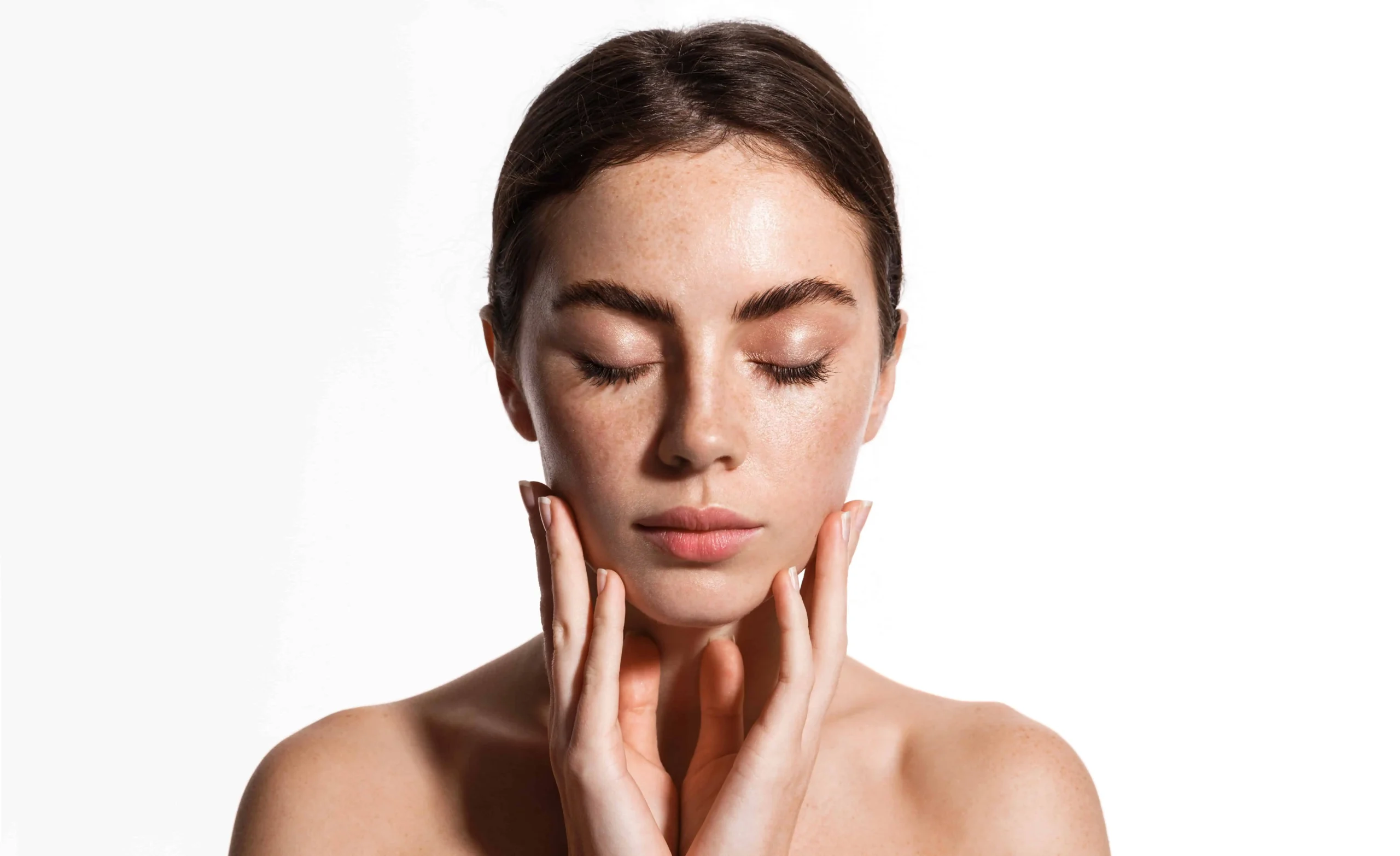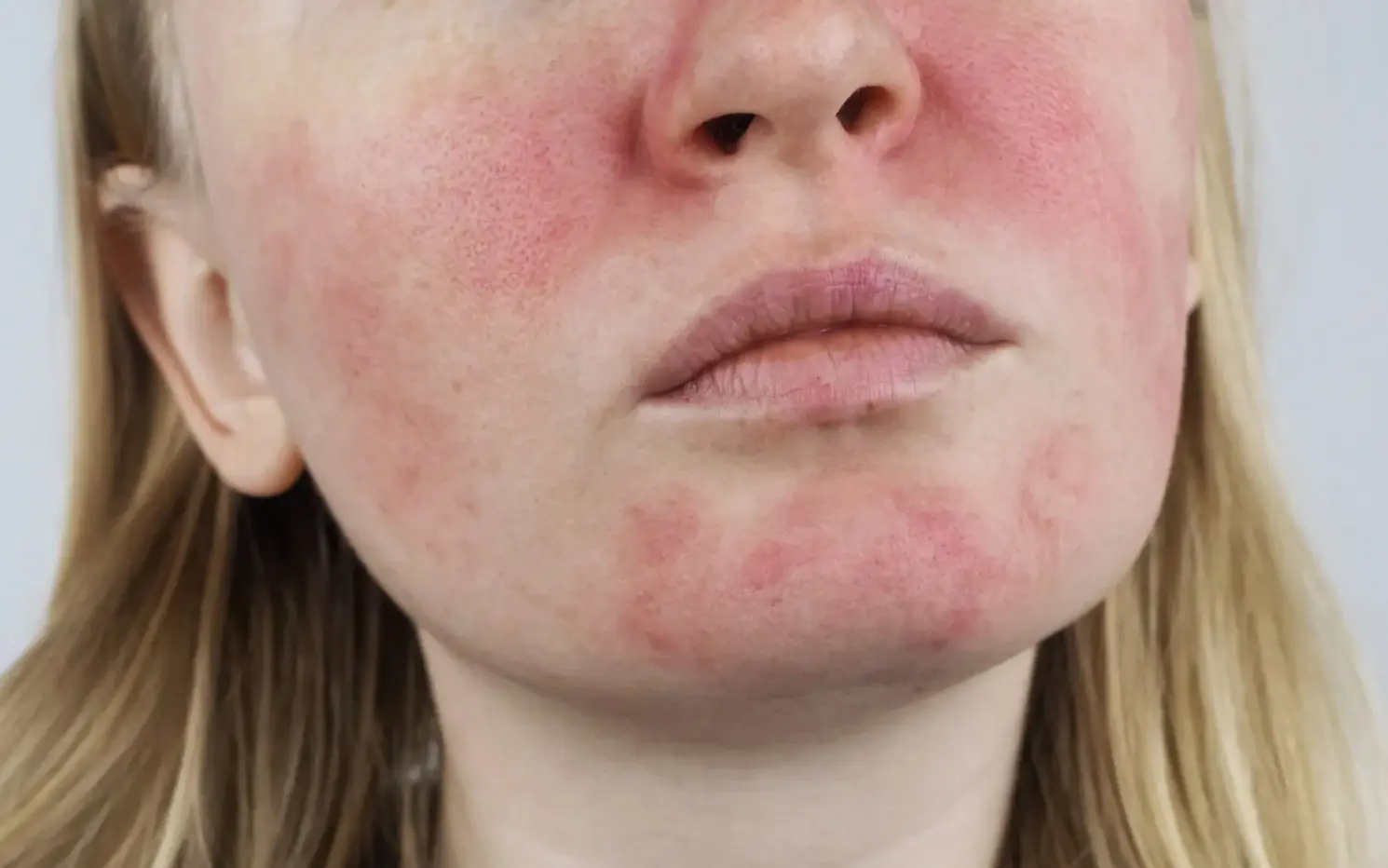When starting a new skincare routine or introducing a new product, you might experience an unsettling phase known as skin purging. This period can be confusing and frustrating as it often involves an increase in breakouts and skin irritation. In this blog post, we’ll explore what skin purging is, why it happens, and how to manage it effectively.
What Is Skin Purging?
Skin purging is a temporary worsening of the skin condition that can occur when introducing new skincare products, particularly those with active ingredients. During this phase, you may notice an increase in pimples, blackheads, or other types of blemishes. Purging typically involves the skin expelling impurities and clogged pores that have been deep within the skin.
Why Does Skin Purging Happen?
1. Increased Cell Turnover
Products with ingredients that accelerate cell turnover, such as retinoids, alpha hydroxy acids (AHAs), and beta hydroxy acids (BHAs), can lead to purging. These ingredients work by exfoliating the top layer of skin and promoting the shedding of dead skin cells. As new skin cells emerge, impurities and clogged pores from deeper layers of the skin are brought to the surface, leading to breakouts.
2. Deep Cleansing of Pores
Certain active ingredients can penetrate deeply into the skin to clear out impurities and excess sebum. This deep-cleansing effect can cause existing congestion to surface, resulting in temporary breakouts as the skin clears out debris.
3. Adjustment Period
When you introduce a new product, your skin may go through an adjustment period. This can be a normal response as your skin adapts to the new ingredients and their effects.
How to Identify Skin Purging
Distinguishing between purging and a normal breakout can be tricky. Here’s how to identify if you’re experiencing skin purging:
1. Timing: Purging typically starts within the first few weeks of introducing a new product and usually lasts for 4 to 6 weeks. If you notice an increase in breakouts after a few months, it might not be purging but a sign of a different issue.
2. Breakouts Location: Purging generally occurs in areas where you are prone to breakouts or where the product is working most effectively. If you experience new breakouts in areas where you usually don’t get pimples, it could be a sign that the product is not suitable for your skin.
3. Type of Breakouts: Purging often involves small, non-inflammatory bumps, blackheads, and whiteheads. If you experience severe inflammation, cystic acne, or worsening skin condition, it may indicate a reaction or sensitivity rather than purging.
How to Manage Skin Purging
1. Stick with Your Routine: If you believe you’re experiencing purging, try to stick with your new skincare routine. Discontinuing the product prematurely may prevent you from seeing the long-term benefits and can disrupt your skin’s adjustment period.
2. Avoid Over-Exfoliating: While it’s important to exfoliate, over-exfoliating can irritate the skin and worsen purging. Use exfoliating products as recommended and avoid using multiple exfoliating products simultaneously.
3. Use Gentle Products: During the purging phase, opt for gentle, non-irritating products to soothe the skin. Avoid products with harsh ingredients or those that may exacerbate irritation.
4. Hydrate and Moisturize: Keeping your skin hydrated can help maintain its barrier and reduce irritation. For well-balanced, hydrated skin, use a lightweight, non-comedogenic moisturizer.
5. Consult a Dermatologist: : If purging persists beyond the typical period, or if you experience severe reactions, consult a dermatologist. They can help determine whether the product is suitable for your skin and provide guidance on how to address any issues.
Preventing and Minimizing Skin Purging
1. Introduce New Products Gradually: When starting a new skincare regimen, introduce new products one at a time. This allows you to identify which products are causing purging or other reactions.
2. Patch Test: Before incorporating a new product into your routine, perform a patch test to check for adverse reactions. Apply a small amount of the product to a specific area of your skin, then keep an eye out for any irritation.
3. Maintain a Consistent Routine: Consistency in your skincare routine can help your skin adapt more smoothly to new products. Avoid frequently changing products or using too many new products simultaneously.
4. Monitor Ingredient Lists: Be aware of the active ingredients in new products and research how they might affect your skin. Understanding ingredients like retinoids, AHAs, and BHAs can help you anticipate potential purging.
Conclusion
Skin purging is a temporary phase that can occur when introducing new skincare products, particularly those with active ingredients that increase cell turnover and cleanse the pores. Although purging can be frustrating, it typically indicates that the product is improving your skin over time by removing impurities. By understanding purging, managing your skincare routine carefully, and seeking professional advice when needed, you can navigate this phase more effectively and achieve clearer, healthier skin.





